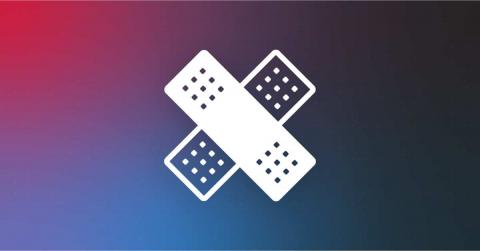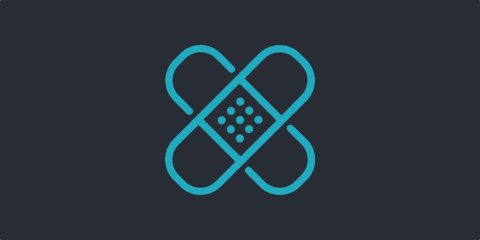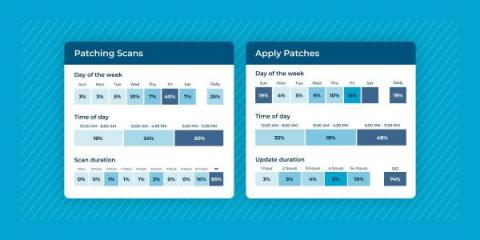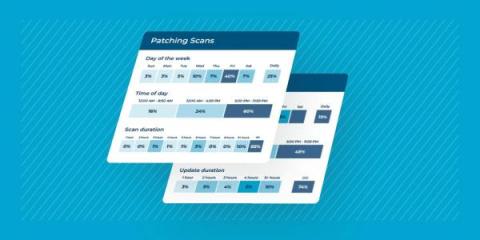What is Vulnerability Management? How to Reduce Vulnerabilities
Vulnerability management should be among the highest priorities of organizations, especially within their IT environments. Skybox Security reports, “vulnerabilities have more than tripled over the past ten years.” With this exponential increase, they also report that cybercrime has continuously evolved and become a more complex threat. Vulnerability management aims to assert a level of control over this ever-present issue in the IT space.








